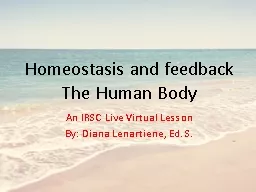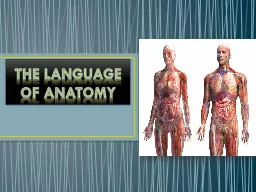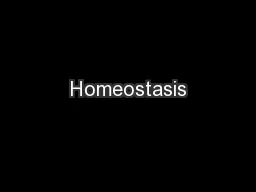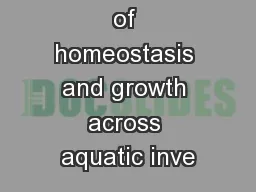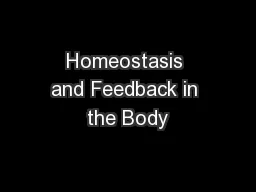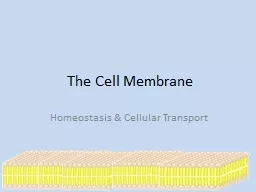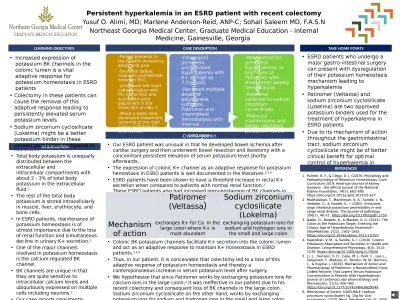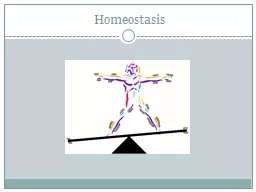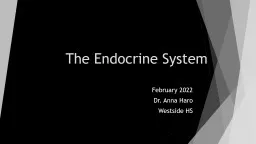PPT-Homeostasis and feedback
Author : debby-jeon | Published Date : 2017-03-16
The Human Body An IRSC L ive Virtual Lesson By Diana Lenartiene Ed S The biological definition of homeostasis is the tendency of an organism or cell to regulate
Presentation Embed Code
Download Presentation
Download Presentation The PPT/PDF document "Homeostasis and feedback" is the property of its rightful owner. Permission is granted to download and print the materials on this website for personal, non-commercial use only, and to display it on your personal computer provided you do not modify the materials and that you retain all copyright notices contained in the materials. By downloading content from our website, you accept the terms of this agreement.
Homeostasis and feedback: Transcript
Download Rules Of Document
"Homeostasis and feedback"The content belongs to its owner. You may download and print it for personal use, without modification, and keep all copyright notices. By downloading, you agree to these terms.
Related Documents

